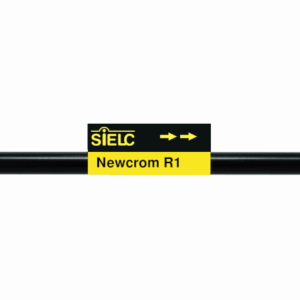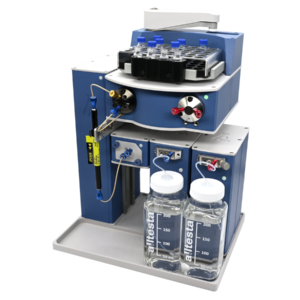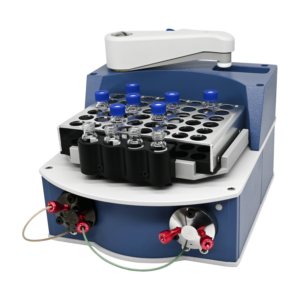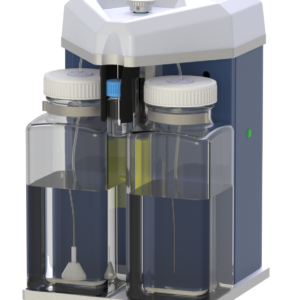HPLC Method for Coumarin on Newcrom R1 by SIELC Technologies
High Performance Liquid Chromatography (HPLC) Method for Analysis of Coumarin
Coumarin is an aromatic chemical that is used as a fragrance ingredient. It has a sweet earthy scent and is typically found in Tonka beans, cinnamon, woodruff, bison grass, and green tea. Besides a pleasant smell it had anti-inflammatory, antibacterial, and antifungal properties.
Coumarin an be retained and analyzed using the Newcrom R1 stationary phase column. The analysis utilizes an isocratic method with a simple mobile phase consisting of water and acetonitrile (MeCN) with a phosphoric acid buffer. Detection is performed using UV.
| Column | Newcrom R1, 3.2 x 100 mm, 3 µm, 100 A, dual ended |
| Mobile Phase | MeCN/H2O – 25/75% |
| Buffer | H3PO4 – 0.1 % |
| Flow Rate | 0.5 ml/min |
| Detection | UV, 276 nm |
| Class of Compounds | Drug, Flavouring substance, Hydrophobic, Neutral |
| Analyzing Compounds | Coumarin |
Application Column
Newcrom R1
Column Diameter: 3.2 mm
Column Length: 100 mm
Particle Size: 3 µm
Pore Size: 100 A
Column options: dual ended






